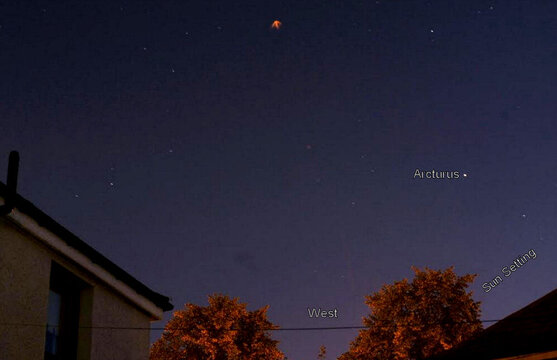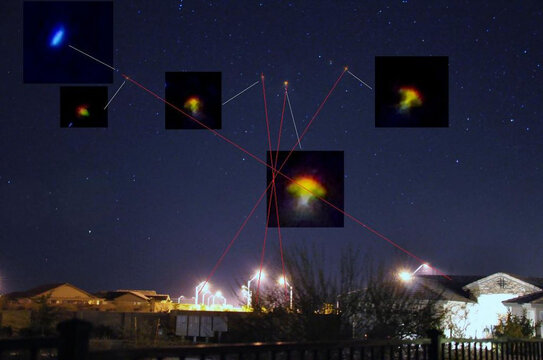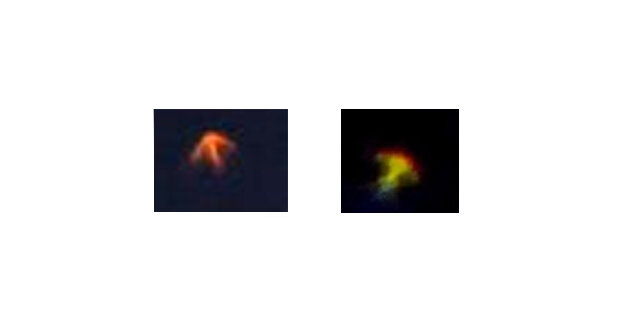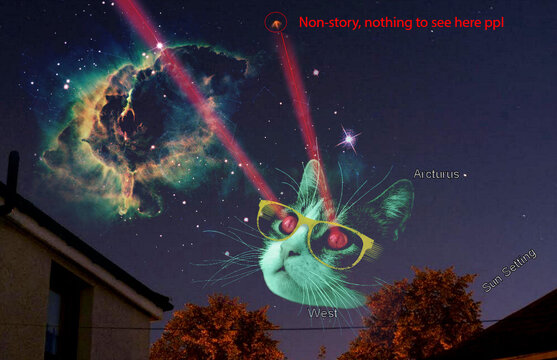I'm used to lens flares fogging an image or creating visual artifacts as the sun bounces around in the lens but with night shots? The most flaring i've seen with lamposts at night is flaring at the source as seen in the long exposure you posted. But I am not familiar with the lightpost producing a refracted flare up in the night sky as you have drawn and labeled in this image. Could you educate me on this with lens size, f-stop and duration as i'd like to replicate this. I've just not seen this before in long exposure work in my own shots, especially not producing those arrow shaped objects. Does this happen more often with unclean lenses?
Yes, it's actually very common. As long as there is a light source, there could be a flare even at night. I'm no expert on the subject but I'll try to help you understand and perhaps replicate a similar effect. As you know, all lenses can create a lens flare. Some more than others. Usually the ones that produce less, are the ones that cost more money e.g. Canon L- series, Nikon G- series, Zeiss lenses, reason being is because they have better lens coating. But price to quality ratio is not necessarily always the case. Anyway, once a light hits the internal reflective glass elements of a lens, and bounces around eventually hitting the sensor, it creates a flare effect. Now depending on the angle, direction, type of light, distance, coating quality of the lens, and last but not least type of lens... It will produce different geometric patterns. The wider mm lens, the better for flares. So you see there are many variables into creating different lens flares. I suppose this type of lens flare effect could be produced by a tiny droplet ( dirty lens ) but there are other means of producing it -- I'm sure of it.
The type of flare you are seeing in those images I believe is called a caustic flare. So to produce a similar effect try these settings:
1.) Be at a similar distance. Have your camera set so the image consists of slightly more than 2/3 of sky, and the rest of the image the light source (bottom part of the image) Check in your view finder.
2.) Use a tripod, it helps.
2.) Try to use a wide lens if you have one. I use a Rokinon 14mm F 2.8 Ultra wide lens for my Canon 6D but like a said, you can still create a flare with pretty much any camera and lens type.
4.) Do it at night

3.) Try these camera settings: NOT SET IN STONE SETTINGS:
ƒ/2.8 - 6.0 (Depending on time of day. Experiment)
14.0 mm or any lens you have will suffice

5-30 sec exposure time (Once again experiment)
ISO: 1600-3200
You can do this with a flash light in a room with another person changing the light directions. You don't even have to be outside to produce a flair like this. See 2nd image below for some ideas.
Some sources:
Understanding Camera Lens Flare
Photography 101 - Lenses, Light and Magnification - Digital Photography School
What is Ghosting and Flare?
Lens Flares - Wakapon
Good luck, I hope this helps.
Examples:
Caustic Flare
Types of light
Lens coating



 .
.





